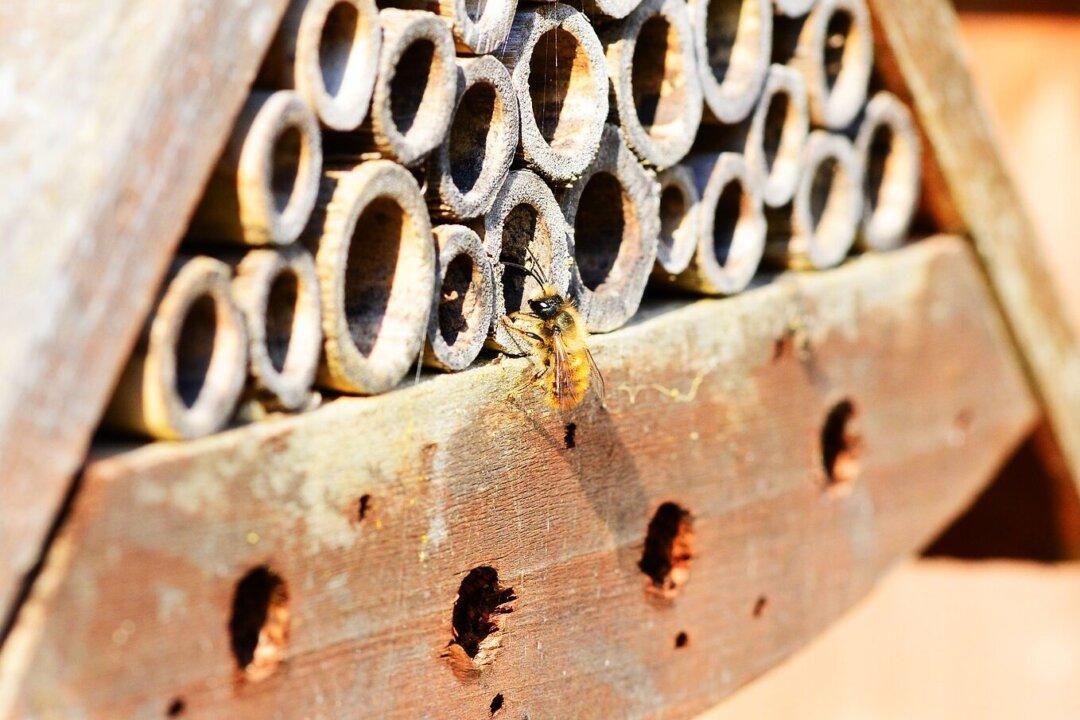A museum in South London is hoping its new colorful bee garden will attract visitors as well as solitary bees when it reopens its doors on July 30.
The Horniman Museum and Gardens has been closed for four and a half months due to the lockdown to curb the spread of the CCP (Chinese Communist Party) virus. Each month costs the museum 150,000 pounds ($200,000) in income, the museum said.






